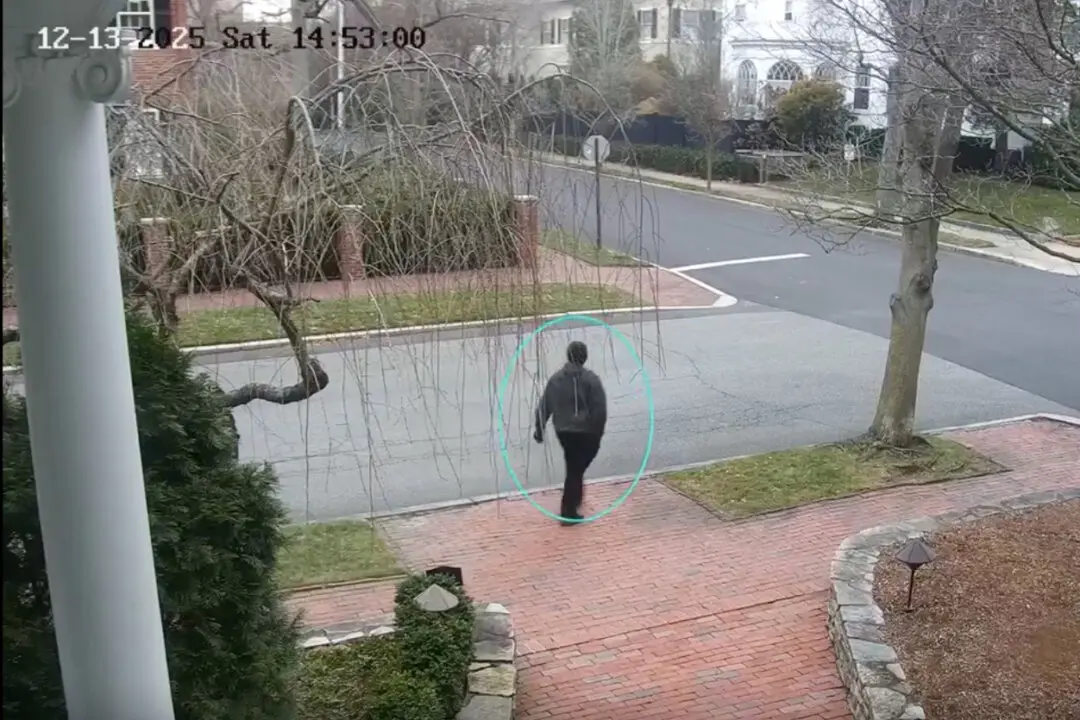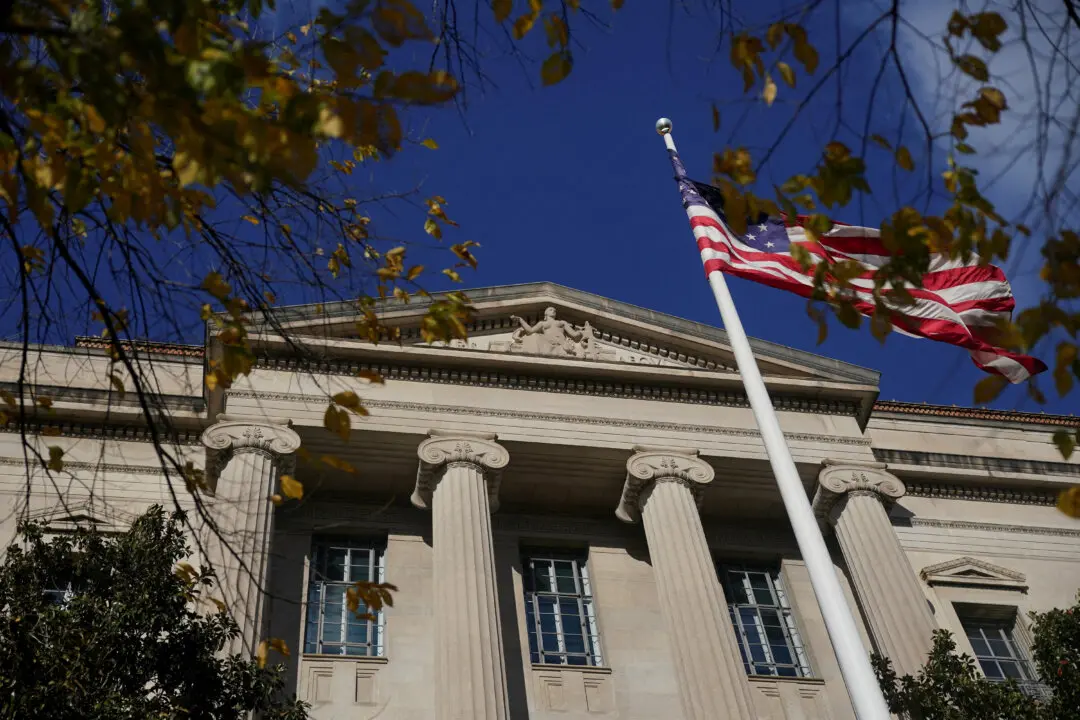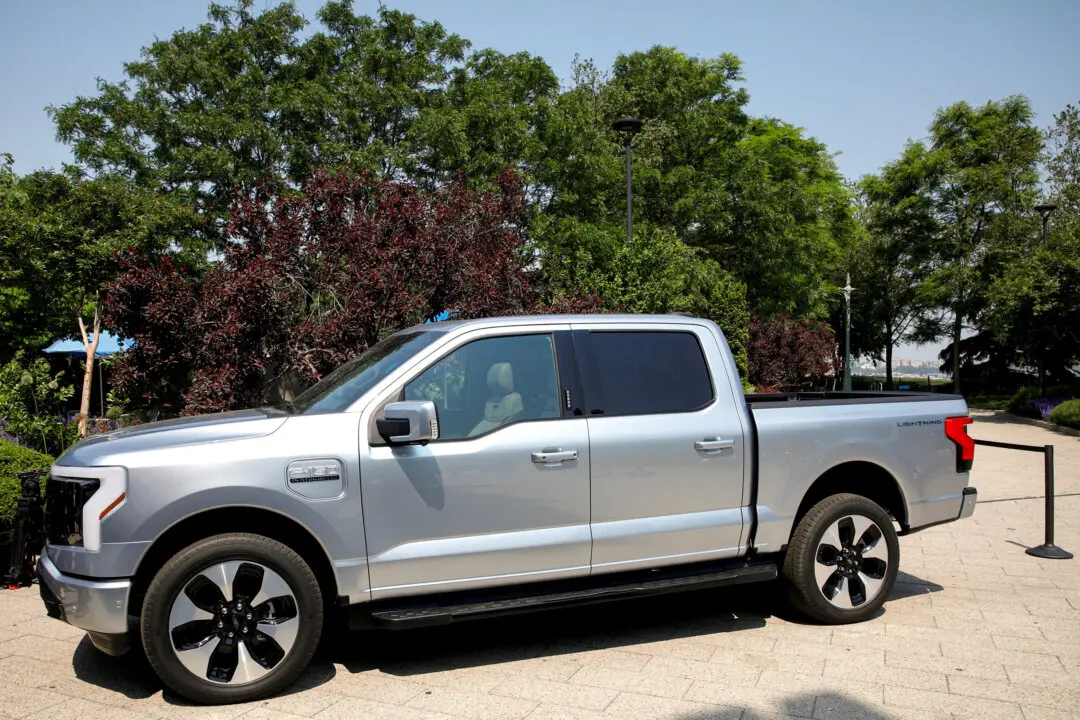SAN DIEGO—Robert “Bob” Maupin, a 79-year-old retired mechanic and self-proclaimed vigilante, has spent decades and thousands of dollars protecting the U.S.–Mexico border from his own backyard. He built his own fence along the border just footsteps north of the U.S. government fence because he said the existing fence was inadequate.
Maupin lives in Boulevard in east San Diego County—one of the most rugged, remote, and desolate terrains in the San Diego border patrol sector. He inherited the 250-acre ranch from his father, who purchased it in 1948. He moved here with his high school sweetheart, Jeanette, and together they raised their two children.




